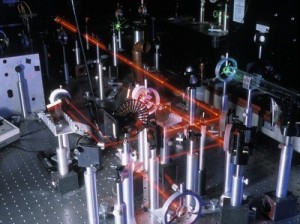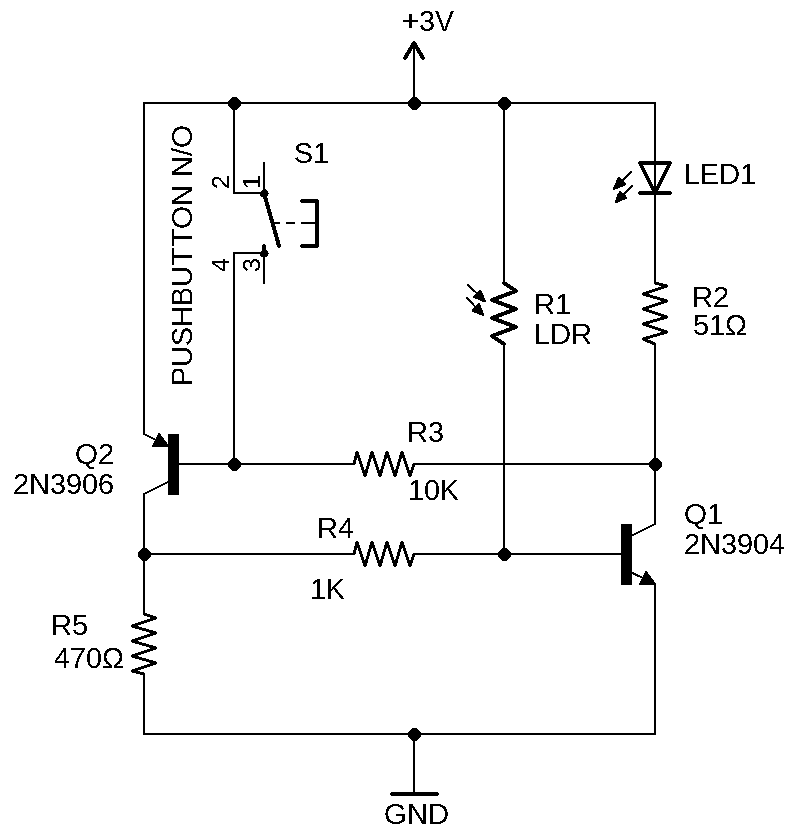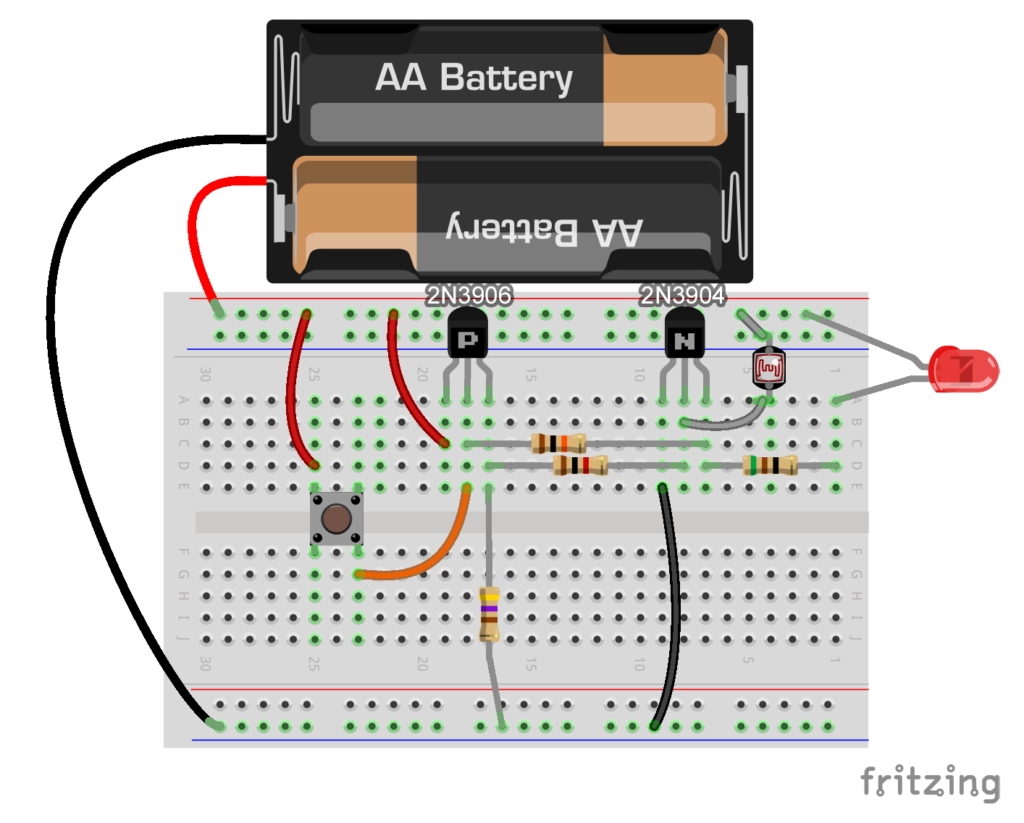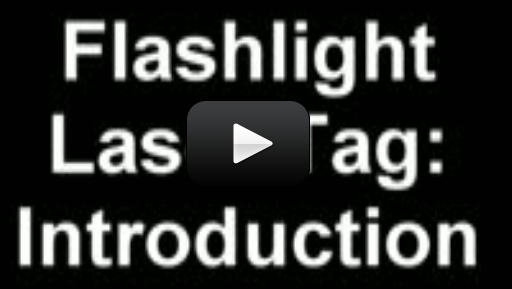 This super-cool project lets kids have the fun of playing tag in the dark on a warm summer evening, without the "gun" aspect traditionally found in laser tag. Kids not only get to enjoy the sport, but also have the pride that they build the tag system themselves - something you simply can't get from opening up a laser tag game box.
This super-cool project lets kids have the fun of playing tag in the dark on a warm summer evening, without the "gun" aspect traditionally found in laser tag. Kids not only get to enjoy the sport, but also have the pride that they build the tag system themselves - something you simply can't get from opening up a laser tag game box.
While real laser tag games actually never use lasers, but rather infrared beams, this laser tag uses real lasers, so you'll want to arm the kids with the "no-lasers-on-the-face" with a 10-minute time-out penalty to ensure everyone has a good time. You can alternatively use flashlights instead of lasers, which makes the game a lot easier to tag someone out.
This game uses a simple two-transistor latching circuit design, so there's no programming or overly-complicated circuitry to worry about. If you've never built this kind of circuit before, it's a perfect first-step into the world of electronics.
I've provided you with three videos below. This first video is an introduction to what we are going to make and how it works. Here's what you need:
NOTE: We updated this circuit in 2023 to reflect "best practices" when using transistors.
Be sure to build this project as shown in the schematic and breadboard diagrams, and not as shown in the video.
The material list below is based on the new design as shown in the schematic and breadboard diagrams on this page.
The videos show how to build the old circuit, but are still very useful.
Materials (the list below builds one complete set per kid):
- Two AA battery packs with batteries
- LED (any color)
- 51Ω resistor
- 10KΩ resistor
- 1KΩ resistor
- 470Ω resistor
- NPN transistor (2N3904 or 2N2222)
- PNP transistor (2N3906 or 2N4403)
- CdS Cell
- Optional: N/O pushbutton switch
- Breadboard OR soldering equipment (including wire strippers, diagonal cutters, solder...)
- Flashlight or red (NOT green!!) laser
Flashlight Laser Tag Schematic:

Flashlight laser tag breadboard diagram:
Introduction to the Circuit
The next two videos below show you how to build the circuit, first on a breadboard, and then how to solder the circuit together, so you can opt to watch either one. If you have someone who's handy with tools and soldering irons, invite them to build this with you.
Building the Circuit on a Breadboard
Soldering the Circuit Together
You'll need one of these circuits for every player, although you can get by with one kid having a flashlight (this is the "it" person) and the other running around wearing the circuit trying not to get "tagged". You can mount these circuits inside a soap box or cardboard box with the sensor and light peeking out. Add a belt or wrist strap and you're ready for action!


Be sure that you are using the proper transistors in the proper locations. A common mistake is to use the wrong transistor. If you need help, please take a few pictures where I can see the entire breadboard, and email them to [email protected]. Be sure to include the name of the project and the problem in the email.
The laser door alarm and flashlight laser tag actually have different behavior. Notice that the door alarm circuit only uses one transistor, and the laser tag circuit uses two. The door alarm sounds an alarm anytime the laser hits the photocell. The flashlight laser tag circuit keeps the LED glowing once light hits the photocell (this is called a latching circuit).
My LED won’t light even when I hold the button down and cover the CdS cell with light! This is confusing. First my LED lights no matter what, now it does not light no matter what!
This project works the same way as Laser Door Alarm [does the same thing], so why isn’t it the same circuit but on a breadboard?
Like regular resistors, Light Dependent Resistors (LDRs) oppose the flow of current. However, their resistance varies depending on how much light reaches the resistive material. These devices are made from cadmium sulfide, so they are also called CdS cells.
What is in a light dependent resistor?
You bet! A light dependent resistor is the same as a CdS photocell.
Would a “light dependent resistor” work for the CdS cell? I couldn’t find anything on Amazon searching for CdS cell. When I relistened to the video I heard you say “CdS
photo cell”, and the LDR is the option when I searched Amazon for that.